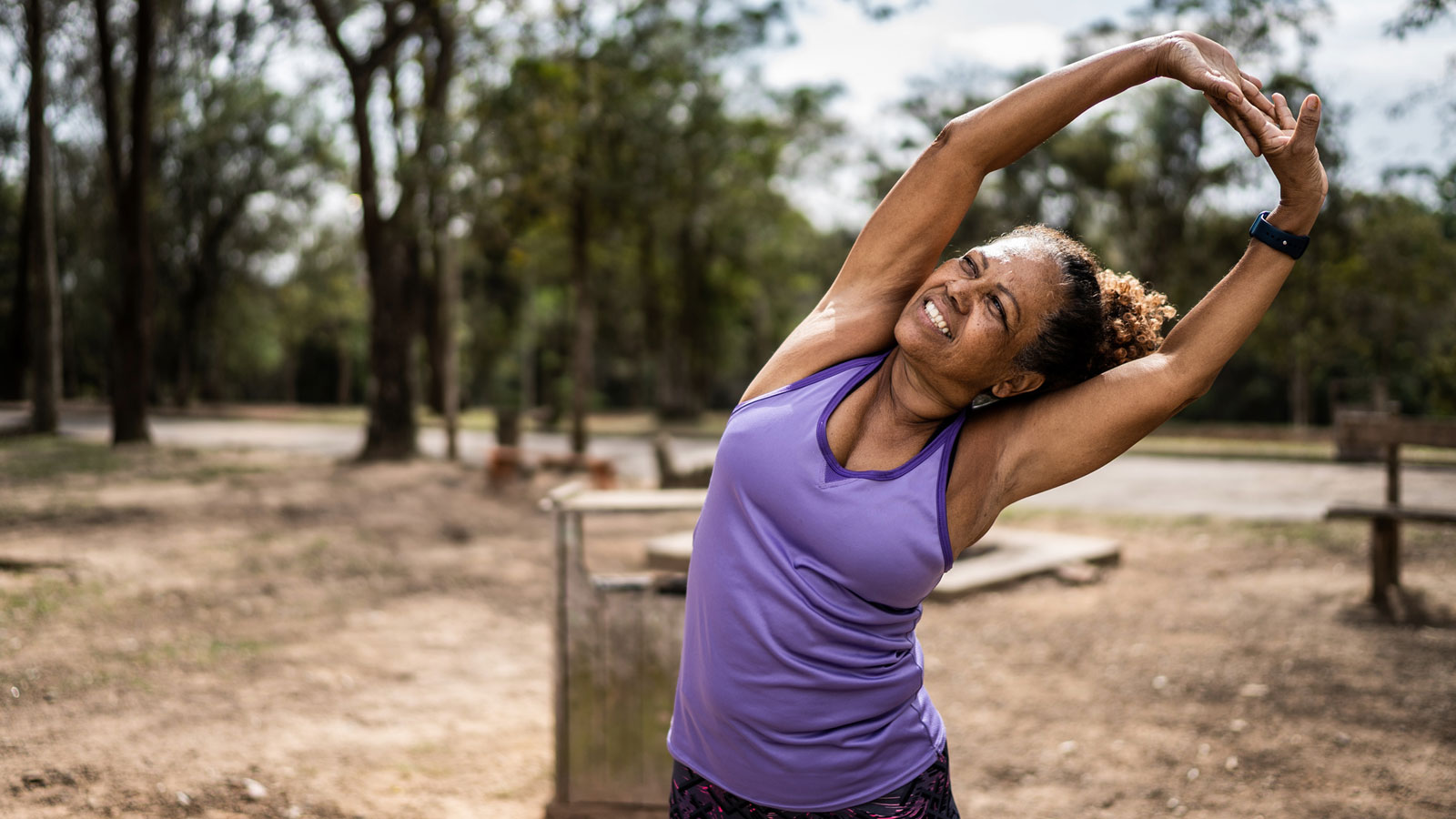Hip Check Your Pain
For women, hips can be both a claim to curvy glory and a feminine feature to battle. But what about when your hips become a source of real pain?

For women, hips can be both a claim to curvy glory and a feminine feature to battle. But what about when your hips become a source of real pain?
“Hip pain in women can have multiple overlapping sources, and most women see between two and three healthcare providers before receiving a proper diagnosis,” explains Virtua orthopedic surgeon, Gregory G. Klingenstein, MD. “Hip discomfort usually comes from the cartilage surrounding the socket, tendons passing over the joint, or stabilizing muscles.”
Dr. Klingenstein says that he often see two distinct clusters of female patients with hip pain – high school and college athletes with sports-related hip injuries, and women in their 30s and 40s who have more chronic hip pain after having children. Despite age or activity level, at least 90 percent of hip pain can be attributed to subtle problems with bone structure.
Men and women experience hip pain in very different ways, notes Dr. Klingenstein. “Most men experience pain in front of the hip or groin. Women, on the other hand, may also have more deep pelvic pain, or pain that radiates to the pelvic floor,” he says. “There are definitely distinct bone structure patterns that can be labeled ‘female’ or ‘male.’ Female hips tend to have problems with a socket, or acetabulum, that is either too shallow or too deep. Men have more issues with the femoral (thigh bone) side of the joint, with a femoral head and neck that is too large or oddly shaped.”
The first thing a doctor will suggest is rest and anti-inflammatories. "As an initial treatment, try an over-the-counter, non-steroidal anti-inflammatory drug such as Motrin or Aleve, and avoid any strenuous activity that causes pain,” says Dr. Klingenstein. He adds that “fighting through the pain” can prolong it and prevent healing.
If pain persists for more than four weeks, it may be time to see a specialist to get an accurate diagnosis. Your doctor may order x-rays, and possibly magnetic resonance imaging (MRI) and a computed tomography (CT) scan. If non-steroidal anti-inflammatories don’t alleviate the pain, the next step is to try a cortisone injection into the hip joint. “This is often quite effective, but the duration of relief may be short,” says Dr. Klingenstein. “Structured physical therapy supervised by a therapist who understands hip biomechanics is essential, with or without surgery. Fortunately, there are a handful of therapists in our area that have dedicated themselves to working with patients with early hip disease.”
